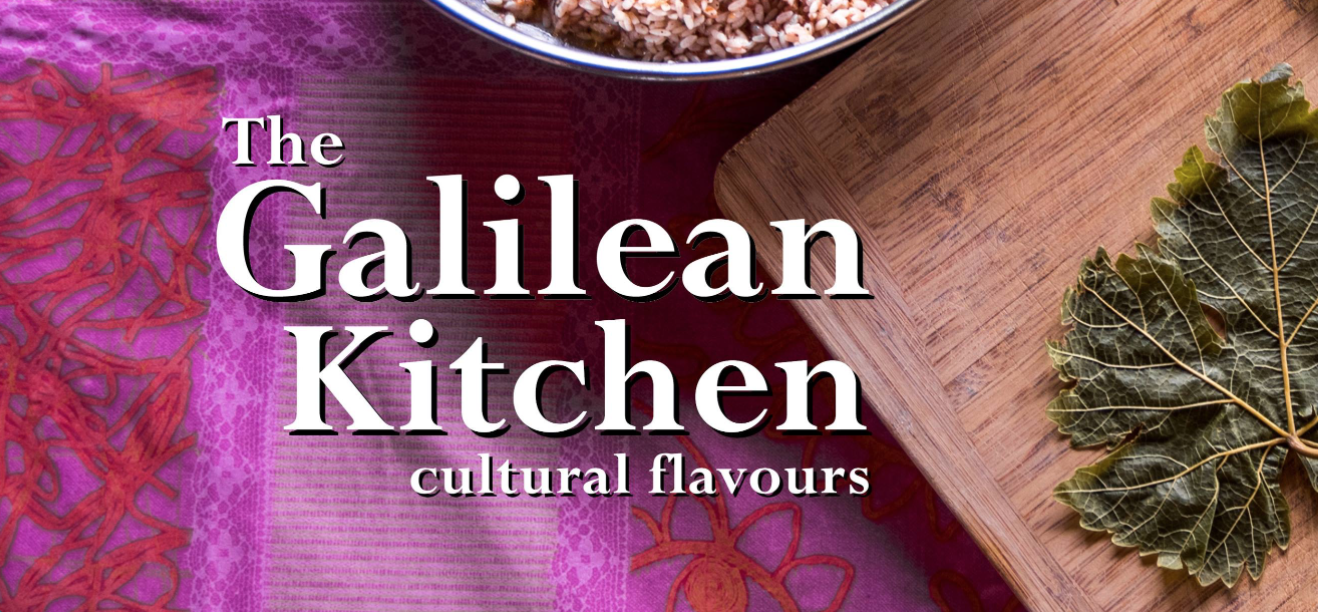By Miriam Kresh - January 4, 2018
Originally appeared here in The Jerusalem Post
Hebrew-language cookbooks that offer recipes from Galilee minorities exist, but there’s none in English to compare with this one. With 95 recipes and photographs on every page, The Galilean Kitchen: Cultural Flavors is not only a cookbook but also a window into the landscape and cultures of the Galilee’s Druse, Arab and Beduin women.
Author Ruth Nieman spent a year with eight housewives of those communities, cooking with them and painstakingly translating their measure-by-eye methods into cupfuls and spoonfuls, to create the book’s recipes.
Her teachers concoct the most delicious food, but don’t think in terms of recipes.
“They don’t have cookbooks,” said Nieman in a telephone interview. “Not one has a recipe out of a magazine. They cook as their mothers taught them, without measuring anything. I had to stand next to the cook with my measuring cups and spoons and measure each ingredient before she stirred it into the dish, then write it down quickly.”
Essays on ingredients considered essential staples, such as olive oil and bulgur, bring the patriarchal village atmosphere to life on the page. With a touch of humor, Nieman writes about pressing the olive harvest: “Debate rages among the Druse producers as to the quality of the oil that is pressed using the old stone press versus using modern machines. Undoubtedly, modern methods yield more oil, but a stronger flavor is definitely produced by the stone press. The argument over the quality has yet to be resolved and may well continue for centuries to come, over a strongly brewed coffee.”
Many village families maintain vegetable gardens where they harvest their own tomatoes, peppers and other ingredients. In late winter and spring, some of the older women still forage wild greens in nearby fields. A section on springtime greens illustrates some of the wild edibles that good cooks have known how to use to feed their families for generations. Incidentally, this is the time of year when mallows, purslane and other wild greens noted in this book pop up all over Israel. They will vanish when summer sets in, so this is the time to go foraging. Read More

